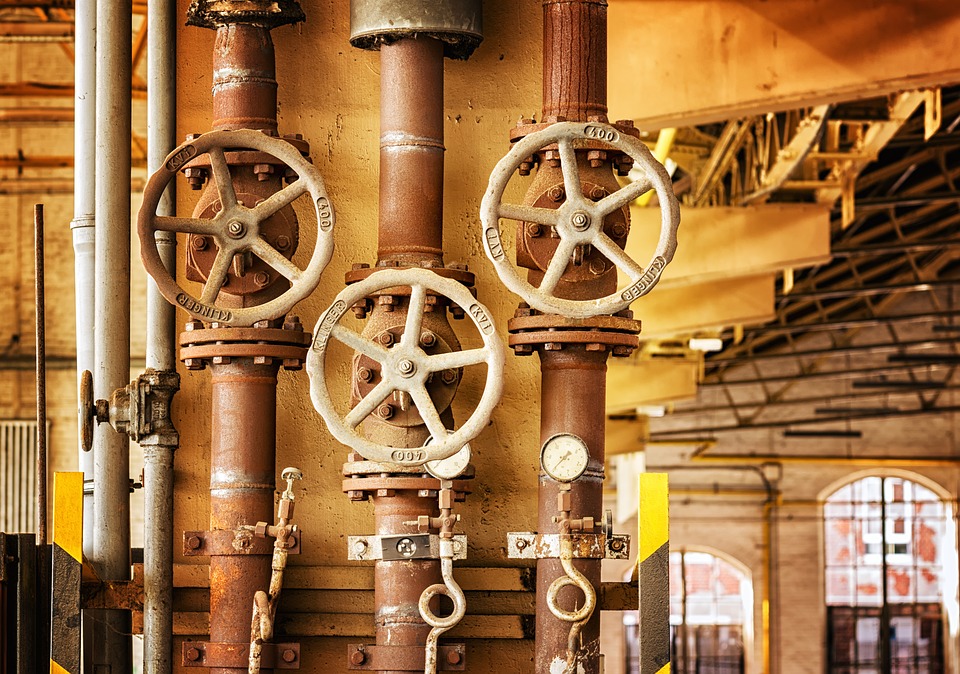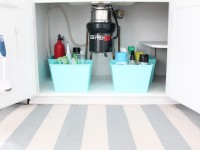A water heater is a very important appliance in our household. We use it every day for common tasks like washing clothes and bathing. Similar to all of the other appliances such as an air-conditioner, a hot water heater requires certain maintenance steps on the part of the owner to keep it running smoothly. However, many people don’t even think about it until they notice a pool below their water heater, a bad smell or strange noise coming from it, or rusty water flowing from the drain valve. While in many cases calling a professional repair person is necessary, a tank-type heater has just a few elements that you can replace or fix with your own hands. Below we have described the most typical water heater problems you may face, along with their solutions.
1. Bad smell is coming from the water heater
Sometimes, the hot water coming from the tank has an unpleasant smell. That is caused by bacteria inside the tank. The problem is most often encountered in places where well water is used. You can do a couple of things to get rid of the odor. First, adjust the thermostat to a temperature close to 140 degrees Fahrenheit. No bacteria will be able to survive in such a hot liquid. You can also flush the water heater from time to time. If that is not enough, clean the tank thoroughly.

2. The water is rusty or colored
If you have noticed that the water coming from the heater is rusty or dirty-looking, that means that your tank has started corroding. Inside your tank, there is a special metal element called anode or “sacrificial” rod. It uses chemical reactions in the water to “draw” corrosion to itself. That saves the rest of the water heater from the harmful effect of rust. To give the water its normal color, take the old anode rod out and install a new one.
3. Abnormal noises are coming from the water heater
You may hear unusual noises coming from inside your heater like hissing or knocking. The most common reason for that is the build-up of sediment (another name is calcium carbonate) in the lower part of the water heater. The noises can also be caused by the build-up of scale on the heating elements. The problem is not so harmless as it might seem. If nothing is done to remove sediment, it can get into re-circulating lines and put the check valves and circulating pumps out of order. To remove sediment, perform “mini flushes” regularly. You can also replace a heating element with too much scale on its surface.
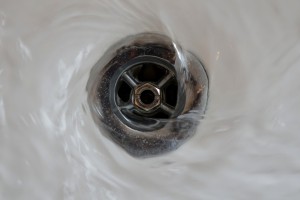
4. The water in the heater is too hot
The most probable cause of this issue is an incorrect setting of the thermostat. Change the temperature value on the thermostat (you will find it behind the access panel on one side of the tank). If that doesn’t help, you may have to replace this element of your water heater.
5. The water in the heater doesn’t become hot
If your water heater produces no hot water at all, that might be due to the problem with the circuit breaker. So, you need to see if that is the case. Another possible reason for no hot water is a faulty heating element. Then, you have no choice but buy a new element and throw the old one into the trash bin.
6. It takes ages for the water to heat
The water in the tank may take abnormally long to heat. Again, the most probable cause of that issue is one/both of your heating elements. They have either got out of order altogether or have accumulated too much scale. As a result, the efficiency of their operation has become very low. Consider replacing the elements. Also, the thermostat may be the culprit, with the same solution – replacement.
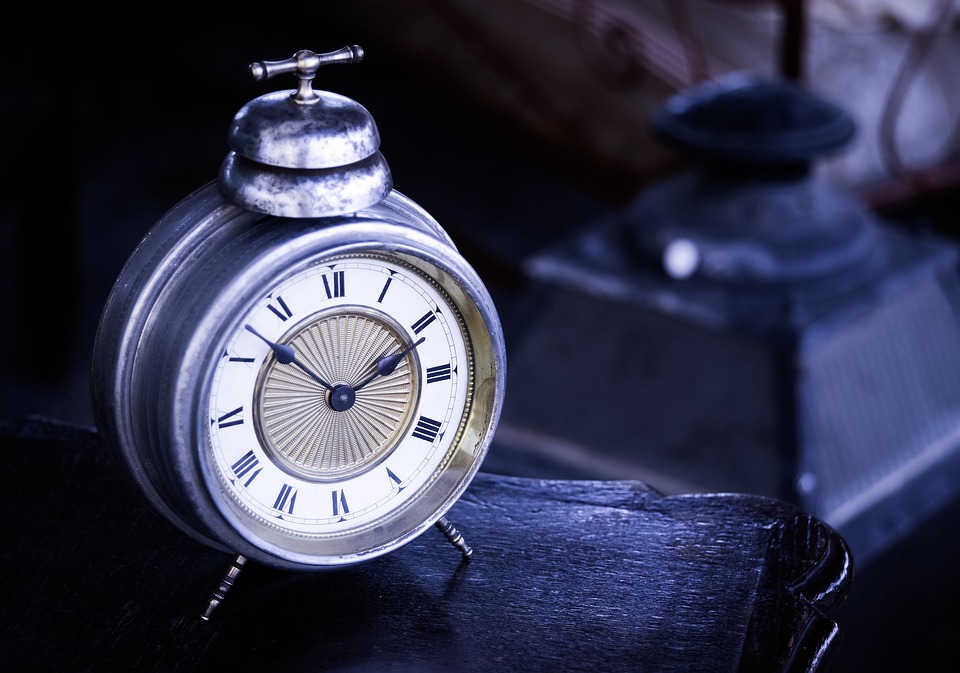
7. The drain valve is leaking
That’s a very annoying problem, but it has a very simple fix. Just tighten the valve to the maximum. If that has no effect, it’s time to replace the whole drain valve.
8. Condensation drips from the tank sides
Condensation is common when the temperature outside is low, that is at the end of fall and up until spring. Then, when the cold water fills the tank in the water heater, it forms beads of condensation on its sides. In most cases, it’s nothing to worry about. If you are still not sure if it’s really condensation or a more serious problem, seek the advice of a professional water heater repair person.
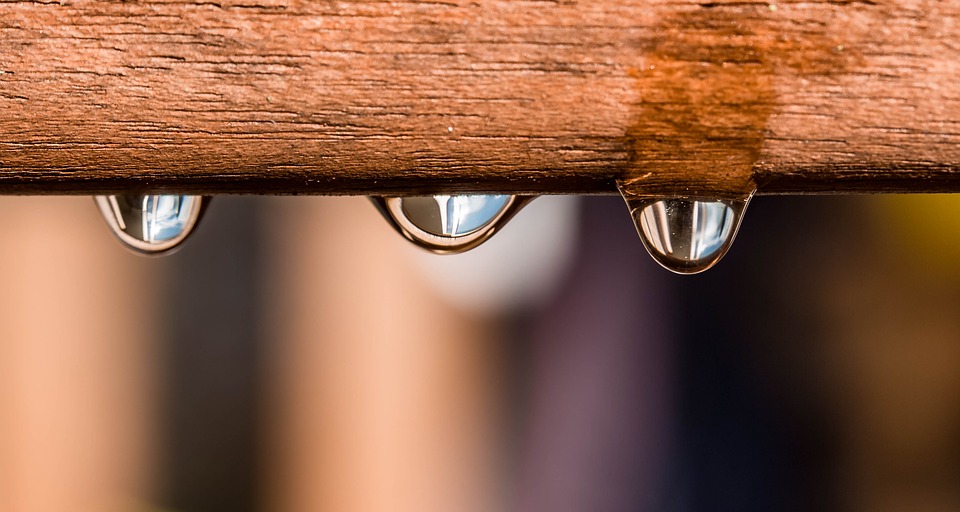
9. The tank is leaking
If the tank itself is leaking, it means that it has been badly affected by corrosion. That can be because of poor maintenance or because the tank is simply too old (a water heater tank normally has a specific lifespan). The only thing you can do in that situation is to replace the whole tank. Before you do it, though, make sure no hot water remains inside. We highly recommend entrusting this operation to an expert.
While a water heater is not such a complex household appliance as many others, it still may give a headache to its owner. There can be a bad smell, leaking valves, or rust. Most of those problems can be fixed without much effort. However, regular checkups by heater repair specialists will make the work of your water heater faultless and extend its service time.
